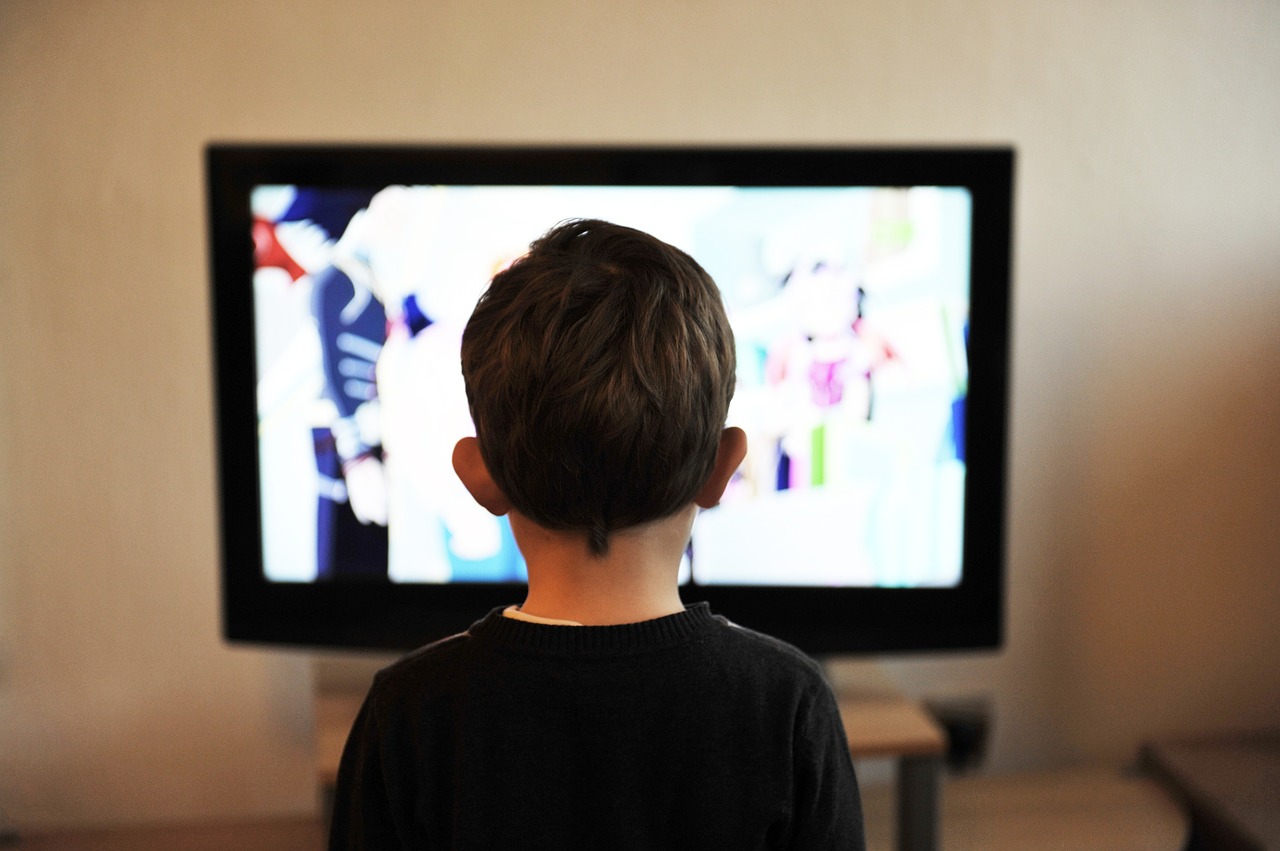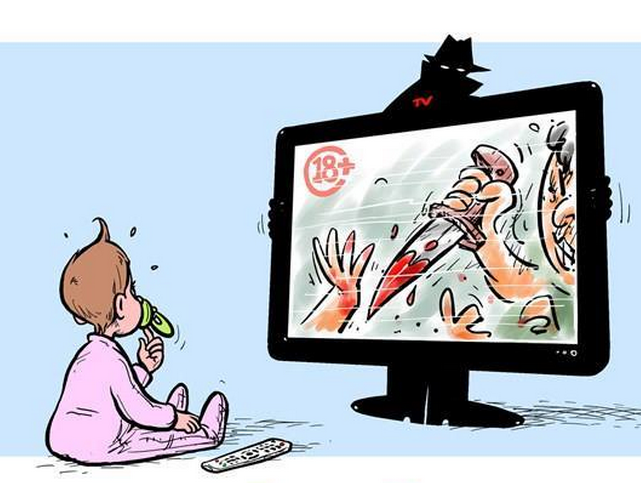Television and Children
On average, children/adolescent watch nearly three hours of television per day. These numbers have not been on the decline in the past 10 years. When a child finishes high school, they have almost spent 3 years of their live watching television (Bar-on, 2000).

Prosocial and Educational Benefits
Studies have shown that children tend to imitate positive behaviours such as delay of gratification, helping, and high standards of performance, when children came into contact with people who exhibited these behaviours. A study done by Friedrich and Stein proved that when children were shown positive television programmes it increased their helping behaviour in real life situations. A study done on the children’s show, Sesame Street proved that the vocabulary of 3 and 5 years olds increased significantly when they were given the ability to watch the show (Bar-on, 2000).
TV and Commercials
Children tend to be very naive individuals believing everything they are told by their family, friends, and most importantly the television. This means that many children tend to not understand the concept of a sales pitch, therefore believing everything they are told. Multiple studies have documented that children under the age of 8 years old are not developmentally able to separate the difference between advertisements and regular television programming (Ford-Jones and Nieman, 2003).
- The average child sees more than 20,000 commercials a year (Ford-Jones and Nieman, 2003).
- More than 60% of commercials promote candy, fatty foods, sugared cereals, and toys (Ford-Jones and Nieman, 2003).
TV and Violence
- The National Television Violence Study looked at almost 10,000 hours of television programming and found that 61% of it contained violence (Ford-Jones and Nieman, 2003).
- On average, a child sees more than 12,000 violent acts (such as rape, armed robberies, assaults) on television every year (Bar-on, 2000).
- Over more than 100 studied done on the topic have linked heavy exposure to television violence to an increase in aggressive behaviour, particularly seen in boys (Bar-on, 2000).

TV and Obesity

Sitting in front of the television takes time away from a child spending time outside and playing. During this time, the heart and other muscles are not being strengthened and calories are not being burned (Tucker and Friedman, 1989). That means that children who watch more television tend to be physically less fit and eat more junk food and snacks. A study done by Dietz and Gortmaker showed that as a child watched more television their risk of obesity increased substantially (Tucker and Friedman, 1989).
To make matters worse, commercials during primetime television tend to promote unhealthy dietary practices that children may see. These commercials may include products such as breakfast cereals, snacks, and fast foods. Therefore, the more time a child spends in front of the televisions the more likely they are to request, purchase, and consume the product that was advertised.
- Only about 4% of food advertisements shown during children’s viewing times are for healthy foods (Ford-Jones and Nieman, 2003).
Television has the ability to go both towards obesity and away from it. Many televised characters tend to be skinnier than the general population of people. Though, they tend to eat and talk about food frequently. This gives off the message to many teenagers that it is possible to eat often and also remain thin (Ford-Jones and Nieman, 2003).

Television is also a contributing factor to eating disorders in many teenage girls. These girls want to mirror their favourite female models, actresses, or television characters as to the notion of an ideal body type that women should have. This has contributed to a culture of wanting to be thin. (Bar-on, 2000).
;;

https://www.youtube.com/watch?v=rg05ufqK1Zo
Sex and Sexuality
- Television advertising and programming in the United States tend to be highly sexualized. Every year, adolescents and children view 14,000 sexual references, innuendoes, and jokes, of which less than 170 will deal with abstinence, birth control, sexually transmitted infections, or pregnancy (Ford-Jones and Nieman, 2003).
- Family hour (8-9pm) now can contain more than 8 sexual incidents per hour, this is four times more than seen in 1976 (Ford-Jones and Nieman, 2003).
- There have been numerous studies done that show televisions power to influence teenagers’ sexual mindset, perspective, and beliefs. Teens tend to rank television as only second to school sex education programmes as a leading source of information about sex (Ford-Jones and Nieman, 2003).

Tobacco and Alcohol
Lastly, alcohol and tobacco have a significant impact on adolescents and children who view their products in advertisements during prime time television.
- In 2000, alcohol manufacturers were spending $2 billion per year and tobacco manufacturers were spending $6 billion per year to entice children to consume and buy their products (Ford-Jones and Nieman, 2003).
- Many adults who are shown to consume alcohol on television tend to have a positive personality showing children that drinking alcohol can lead to having a happier life. These characters tended to be the lead characters in the shows that they are in (Ford-Jones and Nieman, 2003).
- Of the 20,000 advertisements that children and adults view a year, 2,000 of them are advertisements for beer or wine. (Ford-Jones and Nieman, 2003).
- These advertisements have a serious repercussion on adolescents and may increase their consumption of these products (Ford-Jones and Nieman, 2003).
- A recent study found that 1/3 of all adolescent smoking can be directly linked to tobacco commercials and activities (Ford-Jones and Nieman, 2003).
Bibliography:
Bar-on, Miriam E. 2000. “The Effects of Television on Child Health: Implications and Recommendations – ProQuest.” Archives of Disease in Childhood; London: 289-292. https://search-proquest-com.libproxy.furman.edu/docview/1778075198/fulltextPDF/E53AAB4D2952477APQ/1?accountid=11012.
Ford-Jones, Anthony and Peter Nieman. 2003. “Impact of Media use on Children and Youth.” Paediatrics & Child Health 8 (5): 301. http://www.ncbi.nlm.nih.gov/pubmed/20020034.
Tucker, Larry A. and Glenn M. Friedman. 1989. “Television Viewing and Obesity in Adult Males.” American Journal of Public Health 79 (4): 516-518. http://search.ebscohost.com/login.aspx?direct=true&db=s3h&AN=4695604&site=ehost-live.
